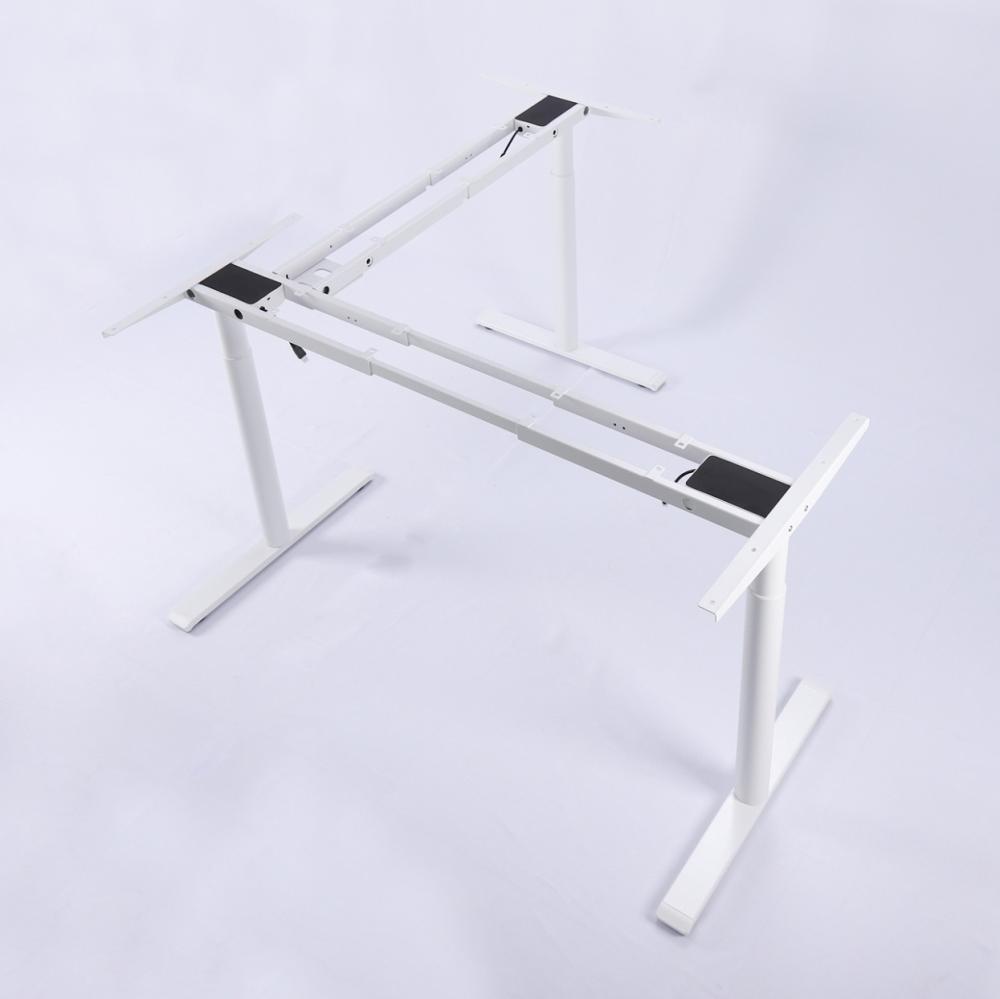Reducing the cost and time of post-processing for professional printers is Rize's primary goal, and Rize is the company that produces industrial-grade 3D printers . They recently launched a desktop 3D printer industry Rize One, after printing is complete without post processing, it can help manufacturers reduce costs and streamline operations. Their patented technology, Enhanced Polymer Deposition (APD), combines functional inks with thermoplastic wires to remove the stent in a simple and clean manner.
Processing has always been a huge problem for manufacturers. Rize released a detailed report called "Post-Processing Effects of 3D Printing." It is understood that Rize is the report drafted by Todd Grimm, a well-known industry expert with 17 years of product development experience. In order to see the impact of post-processing, Grimm interviewed six global manufacturers representatives in the automotive, consumer products, medical devices, sporting goods and construction industries.

The report discusses misconceptions about post-processing, as well as primary and secondary post-processing. Primary post-treatment includes all necessary steps. For the application of the part, primary post-treatment generally involves cleaning and removing the support structure. Secondary post-treatment is used to improve the aesthetics or function of the part, such as primer or coloring.
Grimm understands that after 1-6 hours of 3D printing, customers should plan for 1 hour of post-processing, which means that the post-processing time is 17%-100% of the printing time. Post-processing can seriously weaken the production process. This time frame is not completely accurate, and smaller or more complex parts may require longer post-processing time. The ratio of the staff operating the machine to the post-processing staff should be 1:1 or 3:1.
In addition, the placement of the post-processing equipment must also be considered. The necessary post-processing equipment and work area require a large number of rooms, and a 3D printer per square foot typically takes up to 1.5 square feet of space. Grimm's report also pointed out that post processing increases the cost of 3D printing. Labor costs seem to be the biggest concern for manufacturing companies. Companies that operate 4-10 3D printers spend an average of $100,000 to $500,000 a year on labor costs, which means that the cost of using each 3D print is between $25,000 and $50,000 per year.

In addition, the report lists the secondary issues of quality, staffing, facilities, and safety of the six companies. In the end, Grimm claimed that post-processing is a “non-value-added feature†that puts a heavy burden on the manufacturing process. The value of 3D printing can increase dramatically if post-processing is not required. That's why Rize and their Enhanced Polymer Deposition (APD) are different from other industrial 3D printer manufacturers. Rize's 3D printing technology, which does not require post-processing, may make the workflow faster, more automated, more efficient, and less costly.
What is the proper height of Standing Desk ? The measurement is actually based on the specific height of the person using the desk, so there is no specific answer. If your table is only a few inches away from you, you need to measure it correctly, which can cause you to slouch or wrists your neck or wrist. It is worth noting that you should adjust the table height every day, because shoes such as high heels or anti fatigue pads can make you higher.
Whether you are standing or sitting, start with your arms on both sides, with your feet slightly apart and the weight between your legs evenly distributed. Everyone is different, so a customized method of desk height will be more accurate than some of the stand-up desk height calculators you find online.
Height Adjustable Desk,Three Leg Standing Desk,Adjustable Desktop Standing Desk,Height Adjustable Wooden Standing Desk, Standing Table
Suzhou CHEX Intelligent Technology Co., Ltd. , https://www.qxhdesk.com